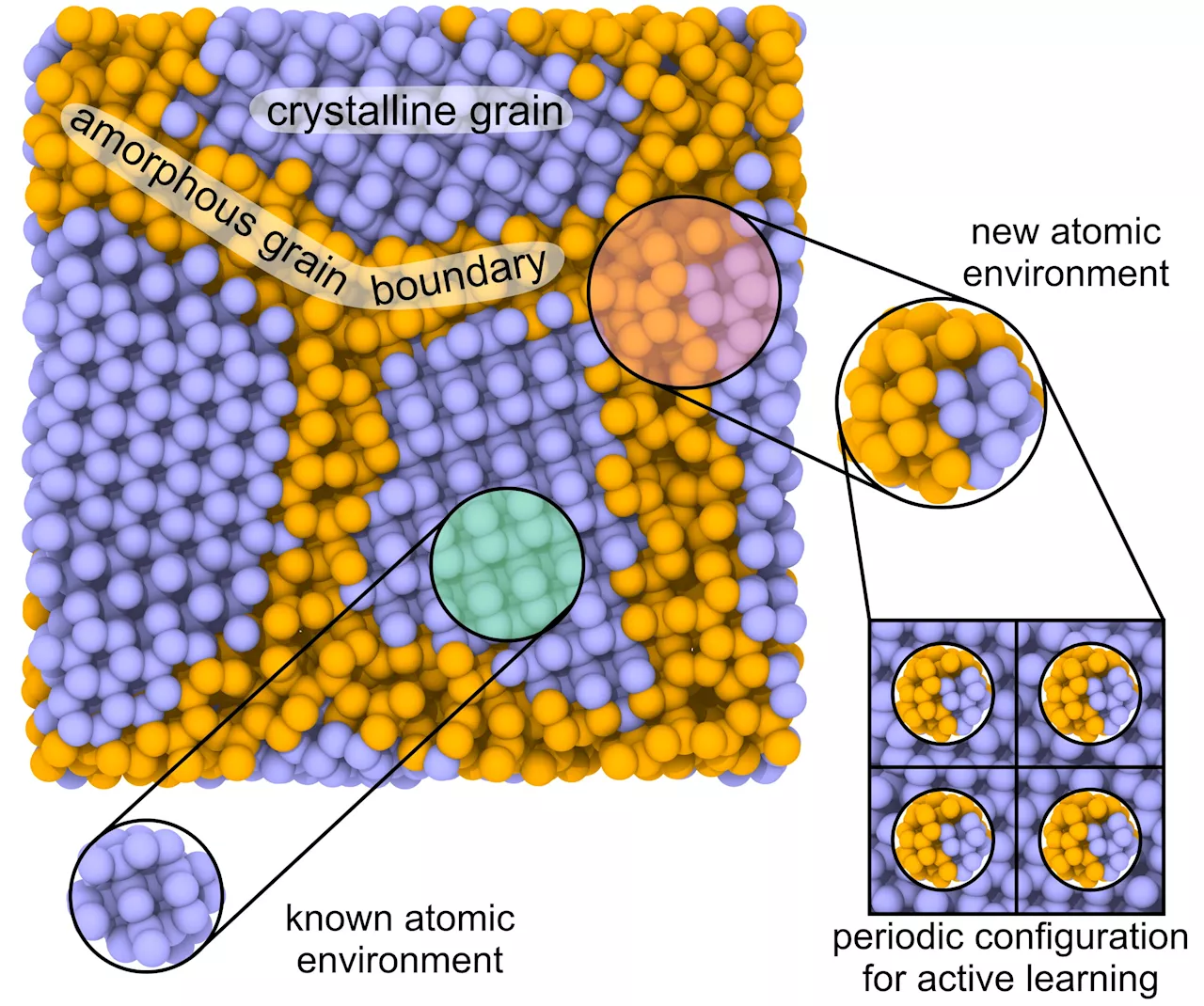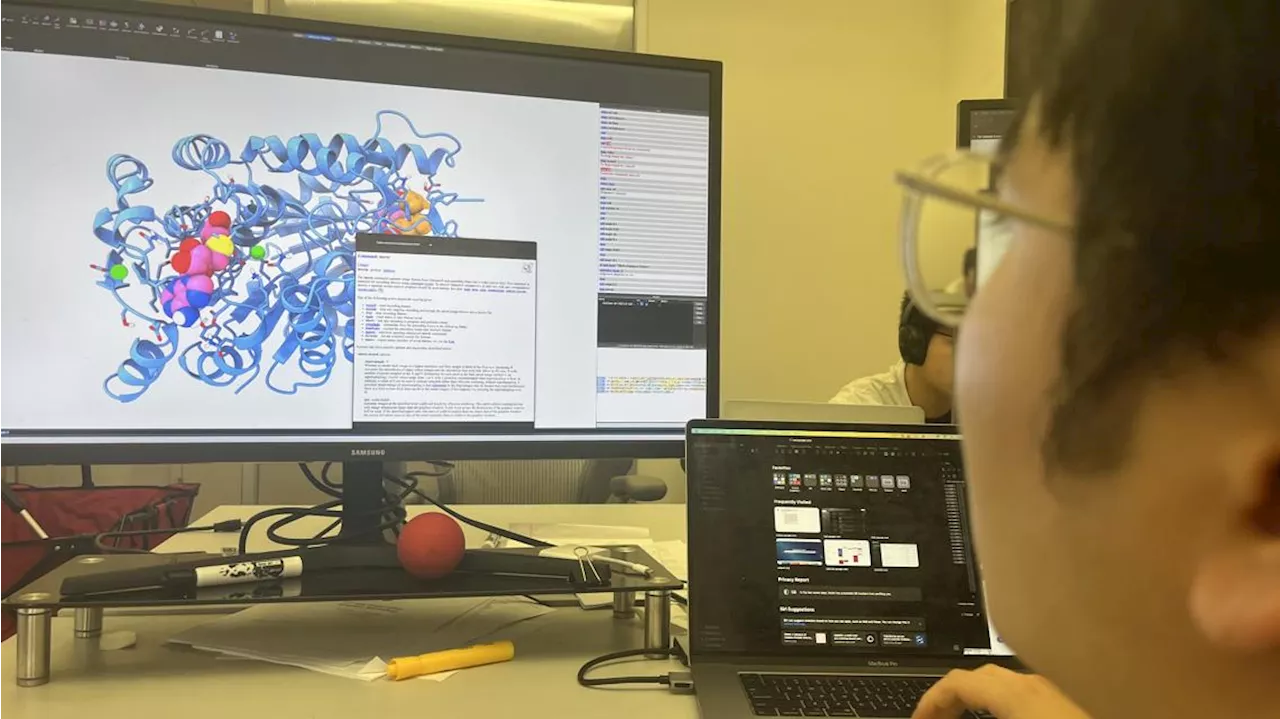Using state-of-the-art tissue engineering techniques and a 3D printer, researchers have assembled a replica of an adult human ear that looks and feels natural.
The study offers the promise of grafts with well-defined anatomy and the correct biomechanical properties for those who are born with a congenital malformation or who lose an ear later in life.
Many surgeons build a replacement ear using cartilage removed from a child's ribs, an operation that can be painful and scarring. And though the resulting graft can be crafted to resemble the recipient's other ear, it generally does not have the same flexibility.One way to produce a more natural replacement ear is to enlist the aid of chondrocytes, the cells that build cartilage. In earlier studies, Dr.
To test the feel of the ear, biomechanical studies were performed in conjunction with Dr. Spector's long time engineering collaborator Dr. Larry Bonassar, the Daljit S. and Elaine Sarkaria Professor in Biomedical Engineering at the Meinig School of Biomedical Engineering on Cornell's Ithaca campus. This confirmed that the replicas had flexibility and elasticity similar to human ear cartilage. However, the engineered material was not as strong as natural cartilage and could tear.
United Kingdom Latest News, United Kingdom Headlines
Similar News:You can also read news stories similar to this one that we have collected from other news sources.
 Researchers open new leads in anti-HIV drug development, using a compound found in natureA team of researchers has successfully modified a naturally occurring chemical compound in the lab, resulting in advanced lead compounds with anti-HIV activity.
Researchers open new leads in anti-HIV drug development, using a compound found in natureA team of researchers has successfully modified a naturally occurring chemical compound in the lab, resulting in advanced lead compounds with anti-HIV activity.
Read more »
 Researchers are using 3D chips to revolutionize Wi-FiRevolutionary 3D Wi-Fi chips could make your internet connection more reliable and faster, even when multiple people are connected.
Researchers are using 3D chips to revolutionize Wi-FiRevolutionary 3D Wi-Fi chips could make your internet connection more reliable and faster, even when multiple people are connected.
Read more »
 Researchers reveal highly efficient bit-switch using skyrmionsResearchers develop skyrmion-based microelectronic device for sustainable, high-performance AI computing with energy-efficient technology.
Researchers reveal highly efficient bit-switch using skyrmionsResearchers develop skyrmion-based microelectronic device for sustainable, high-performance AI computing with energy-efficient technology.
Read more »
 Researchers reveal new method for calculating mechanical properties of solids using machine learningA research team from Skoltech introduced a new method that takes advantage of machine learning for studying the properties of polycrystals, composites, and multiphase systems. It attained high accuracy, nearly as good as that of quantum-mechanical methods, which are only applicable to materials with less than a few hundred atoms.
Researchers reveal new method for calculating mechanical properties of solids using machine learningA research team from Skoltech introduced a new method that takes advantage of machine learning for studying the properties of polycrystals, composites, and multiphase systems. It attained high accuracy, nearly as good as that of quantum-mechanical methods, which are only applicable to materials with less than a few hundred atoms.
Read more »
 How UT researchers are using AI to create an Alzheimer's drugResearchers at the University of Texas are using AI tools to help speed up the production of medicine used to treat Alzheimer's disease.
How UT researchers are using AI to create an Alzheimer's drugResearchers at the University of Texas are using AI tools to help speed up the production of medicine used to treat Alzheimer's disease.
Read more »
 Software for Exploration: Achieving Balance in DiscoveryProfessional software engineers always look down on researchers who are not using the best software practices.
Software for Exploration: Achieving Balance in DiscoveryProfessional software engineers always look down on researchers who are not using the best software practices.
Read more »
